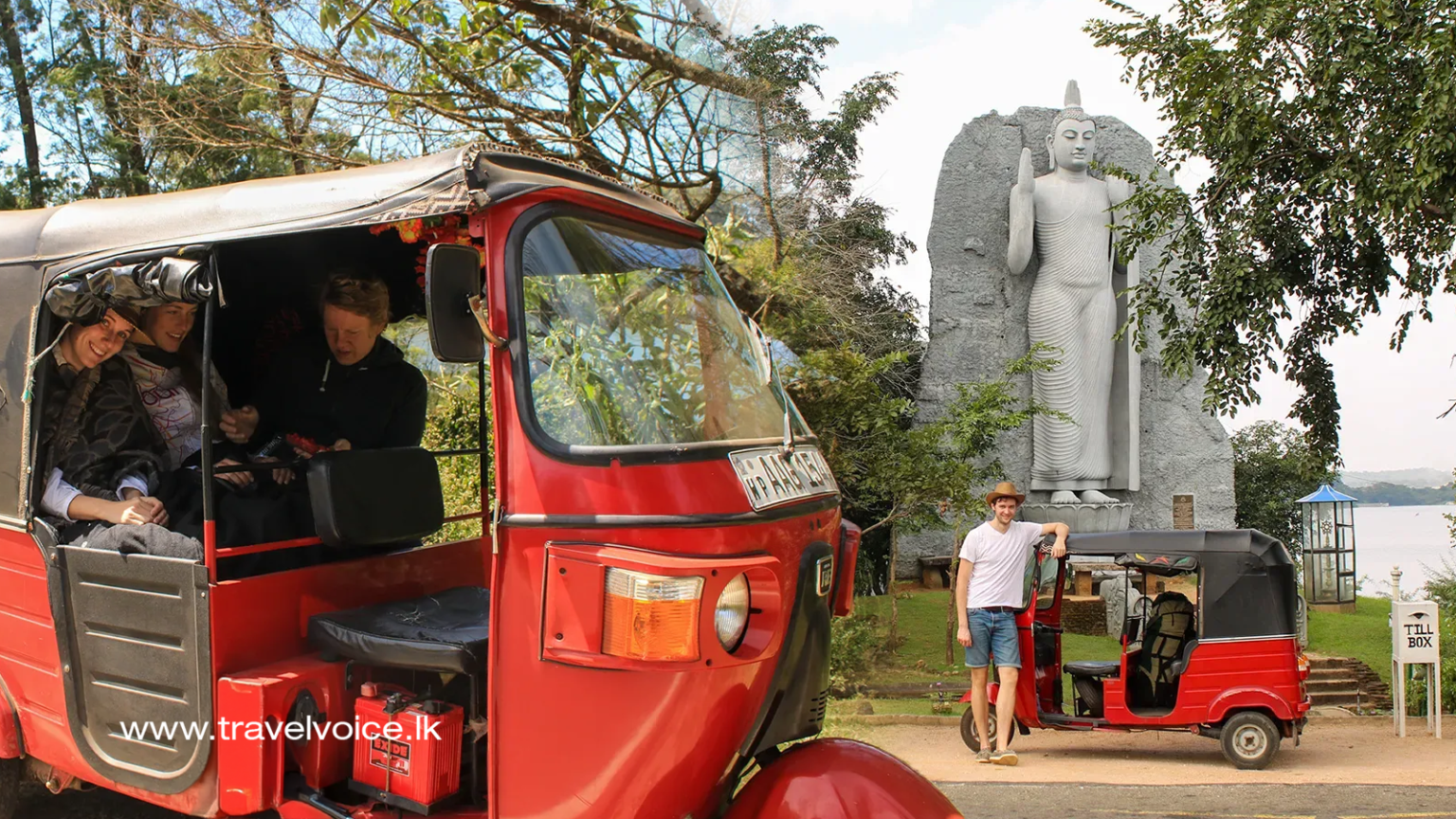Self-Drive Tuk-Tuks: A New Way to Explore Sri Lanka
Imagine cruising through the misty hills of Ella in one of Sri Lanka’s self-drive tuk-tuks, navigating serpentine roads lined with lush tea plantations, palm-fringed valleys, and sapphire-blue reservoirs. Purple-faced langurs with curious expressions peer from the treetops, while elephants casually amble across your path. And you’re not a passenger—you’re in control, driving a three-wheeler that offers more than just transport. In Sri Lanka, these self-drive tuk-tuks open up a new way to explore the country—authentic, immersive, and unforgettable.
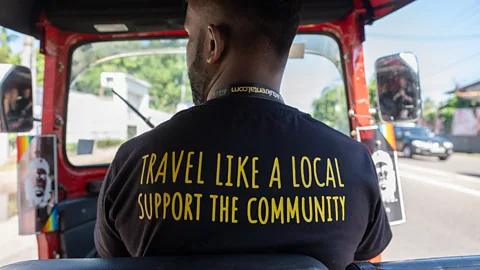
The rise of self-drive tuk-tuks in Sri Lanka is redefining adventure tourism. These iconic three-wheelers, once the exclusive domain of locals, are now becoming tools for travellers to explore the country freely—while directly benefiting the communities they visit.
The Humble Tuk-Tuk: A Sri Lankan Symbol
Tuk-tuks—locally referred to as “three-wheelers”—have been a part of Sri Lanka’s transportation network for more than five decades. Originally introduced in the late 1970s by India’s Bajaj Auto Company, these compact motorised tricycles quickly became essential to everyday life. Today, nearly one million tuk-tuks operate across Sri Lanka. They serve as taxis, delivery vehicles, mobile food stalls, and even emergency transport in some areas.
Despite their widespread use, until recently, tourists were only able to ride in tuk-tuks as passengers. Driving one was out of the question—until a local startup challenged that norm.
Self-Drive Tuk-Tuks and TukTuk Rental: A Game-Changer in Responsible Tourism
In 2016, TukTuk Rental, a social enterprise based in Katunayake, introduced a novel concept: enabling tourists to hire and drive tuk-tuks across Sri Lanka. This wasn’t just about offering tourists a fun experience—it was a calculated move to create a sustainable travel ecosystem that benefits both visitors and locals.
What sets TukTuk Rental apart is its unique model: the company leases tuk-tuks from local owners, ensuring the income flows directly into Sri Lankan households. Since its launch, the initiative has generated over Rs 300 million (approximately US$1 million) for more than 1,000 families.
How a Cycling Accident Inspired the Self-Drive Tuk-Tuks Movement
The origin story of TukTuk Rental is as inspiring as the concept itself. Australian civil engineer Thomas Cornish was cycling through India when he had an accident. A kind local lent him an old tuk-tuk to complete his journey. That ride, filled with charm and simplicity, planted the seed of an idea: what if tourists could experience the same joy?
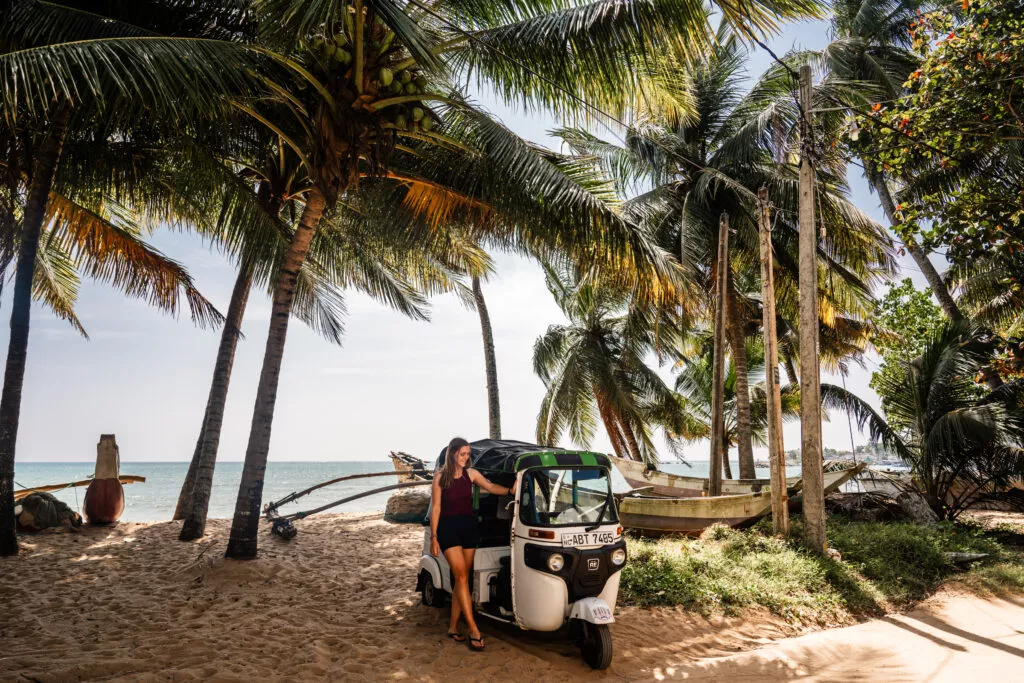
Alongside co-founders Richard McKeon and Wietse Sennema, Cornish explored countries where tuk-tuks were a mainstay of transport. They chose Sri Lanka, where Sennema had spent his childhood, and launched the pilot project by collaborating with local tuk-tuk owners.
Empowering Locals Through Self-Drive Tuk-Tuks in Sri Lanka
One of the earliest adopters of the program was Shalitha Sankalpa from Mount Lavinia. Previously earning just 200 rupees a day by driving his tuk-tuk in the evenings after his hotel job, he joined TukTuk Rental in 2017. Within weeks, his income doubled.
“I was hesitant at first,” said Sankalpa. “Friends warned me not to hand over my vehicle to tourists. Now they’re all asking how they can sign up.”
With steady income, Sankalpa transformed his life—he built a new house, bought a car, and even saw his tuk-tuk hired by cricket legend Jonty Rhodes. “It was a dream come true,” he recalled.
How Self-Drive Tuk-Tuks in Sri Lanka Survived Bombings and a Pandemic
Despite its promising start, TukTuk Rental faced significant hurdles. The Easter Sunday bombings in April 2019 triggered nationwide curfews and a tourism collapse. Just as things began recovering, the Covid-19 pandemic struck. Borders closed, and tourist numbers plummeted. For months, Sri Lanka’s tourism industry lay dormant.
But TukTuk Rental endured. By pivoting operations and supporting drivers during the crisis, the company remained resilient. By 2022, tourists slowly returned—and so did hope.
Rebuilding with Resilience: New Drivers, New Dreams
Charith Rajindra, a former garment factory worker, exemplifies post-pandemic recovery. Before Covid, he also worked as a baggage handler at the airport. When both jobs vanished during the lockdown, Rajindra took a risk: he leased a $4,500 tuk-tuk to TukTuk Rental.
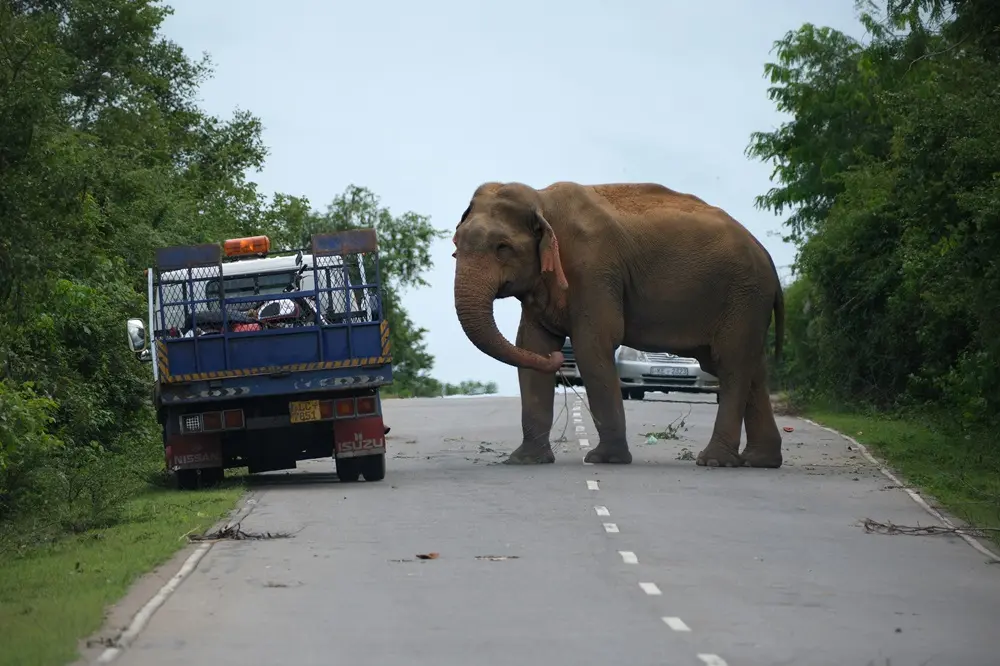
Within two years, he had cleared his loan, opened a homestay, and bought a second tuk-tuk for rental. “It’s not just about income,” Rajindra says. “It’s about pride and purpose. Tourists are getting an authentic experience, and we’re building futures.”
Tourist Tales: Why Travellers Are Embracing Tuk-Tuks
Diana Hiptmair, a content creator from Toronto, rented a cabriolet tuk-tuk for 26 days in April 2025. She and her husband traversed the island from Negombo to Mirissa, stopping in offbeat towns, sipping chai, and even learning how to cook kottu roti at a roadside eatery.
“Traveling by tuk-tuk allowed us to engage with communities we would’ve otherwise passed by,” Hiptmair said. “Supporting a business that gives back was equally important.”
Kate Dicks, a UK traveller, shared a similar sentiment. A 10-day trip with her boyfriend turned magical when they encountered a herd of wild elephants up close. “It was like living a David Attenborough documentary,” she said.
Safety First: Driving Licences, Lessons, and Maintenance
Letting foreign tourists loose on Sri Lankan roads may seem risky, but TukTuk Rental leaves nothing to chance. Every renter must obtain a Sri Lankan driving licence, facilitated with help from the Automobile Association of Ceylon. The startup also offers:
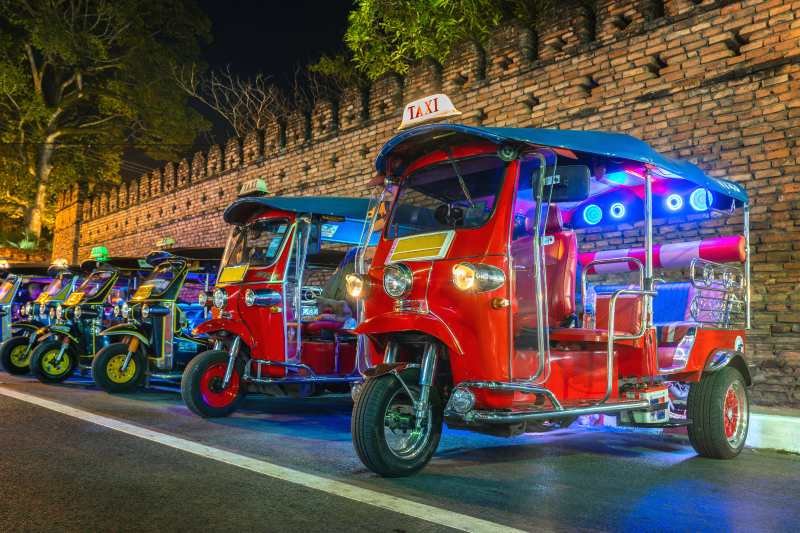
- A comprehensive driving lesson with a licensed instructor
- Ongoing mechanical support across the island
- A custom itinerary planner and a helpline for emergencies
Why Self-Drive Tuk-Tuks Are Gaining Popularity
The growing appeal of self-drive tuk-tuks in Sri Lanka is rooted in their unique combination of freedom, authenticity, and sustainability. Here’s why they are resonating with modern travellers:
1. Cultural Immersion
Driving a tuk-tuk brings travellers closer to the everyday experiences of locals—far removed from the sanitized bubble of packaged tours.
2. Sustainable Travel
By supporting a community-based model, tourists ensure their spending has a direct impact on local families.
3. Flexibility
With no fixed schedules, travellers can stop anywhere, anytime—be it for a spicy roadside snack or a temple visit.
4. Affordability
Tuk-tuks are a low-cost alternative to car rentals and private taxis, especially for longer journeys.
An Eco-Friendly Shift in Tourism
Self-drive tuk-tuks are also helping Sri Lanka move toward eco-conscious travel. The small engines emit less CO2 compared to cars, and the company plans to explore electric tuk-tuk conversions in the near future. This aligns with the global shift toward green mobility solutions in the tourism industry.
Inclusivity: Limiting Ownership for Maximum Reach
To ensure fairness, TukTuk Rental caps the number of tuk-tuks each owner can rent out. This prevents monopolies and enables more Sri Lankan families to benefit. Supplier manager Isuru Fernando explains: “We’re not supporting a company. We’re empowering individuals.”
Looking Ahead: Expanding the Vision
With steady growth, the startup is now exploring:
- Electric tuk-tuks and solar-powered charging hubs
- Women-led tuk-tuk rental programs
- Expansion into other South Asian countries with similar transportation cultures
More Than Just a Ride
As I handed over the keys at the end of my journey, the tuk-tuk wobbled down the road back into the hills, as if it had a life of its own. It wasn’t just a vehicle—it was a symbol of Sri Lanka’s spirit: determined, hospitable, and wonderfully unique.
The self-drive tuk-tuk revolution isn’t just reshaping tourism. It’s transforming lives, one engine start at a time.
